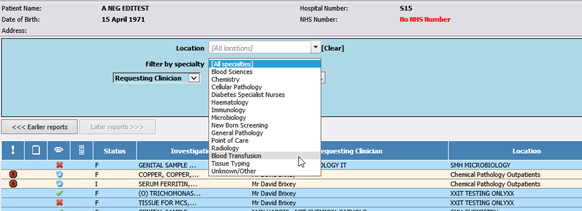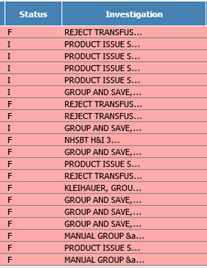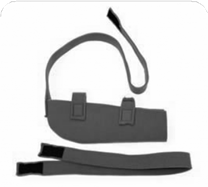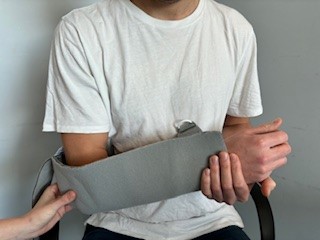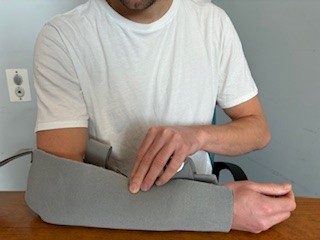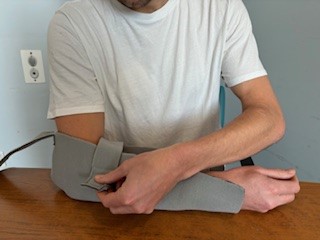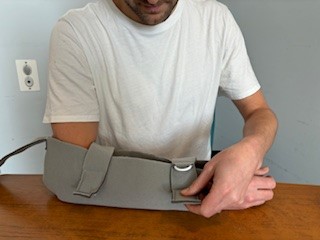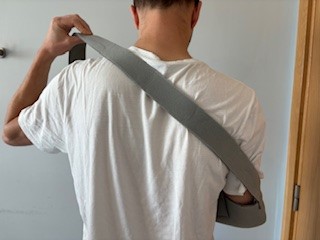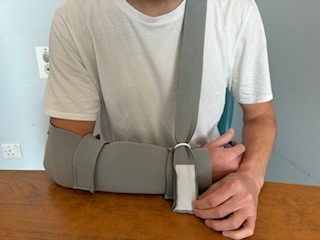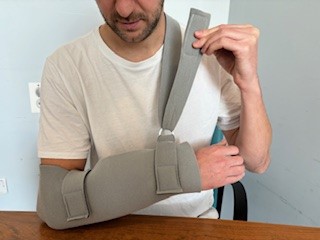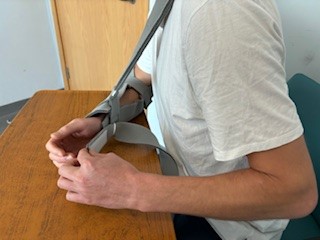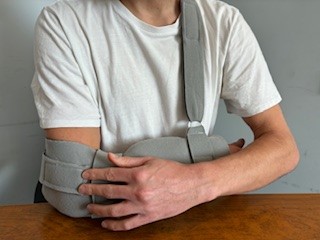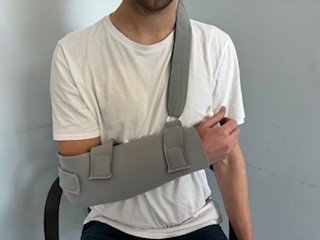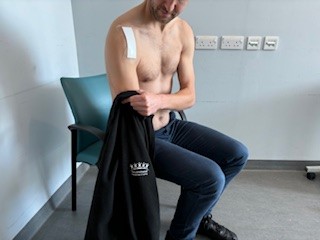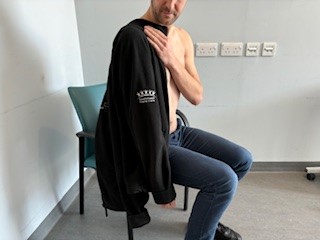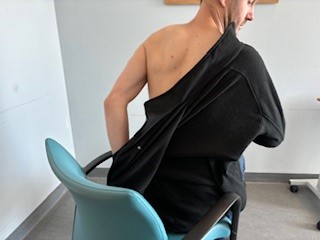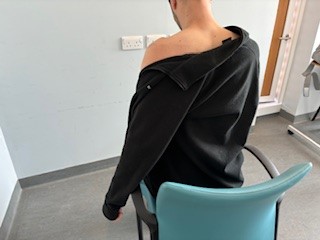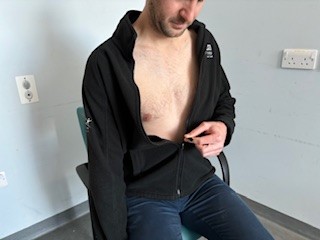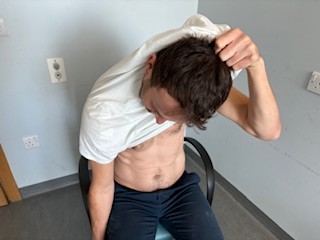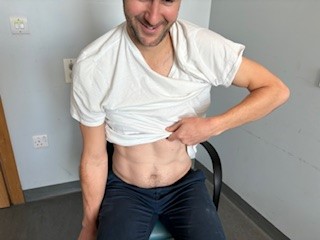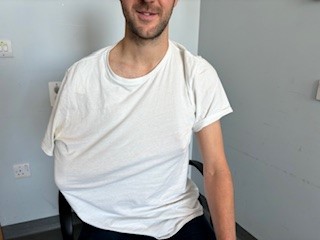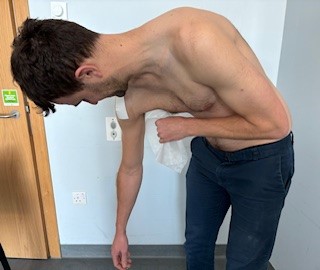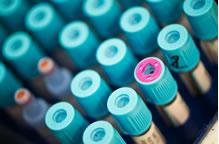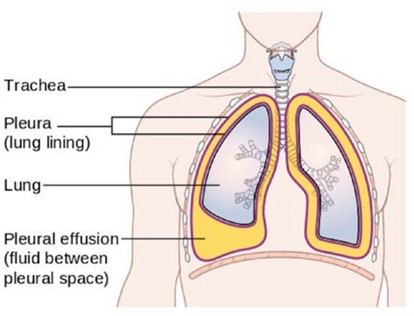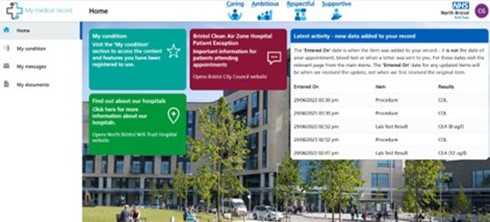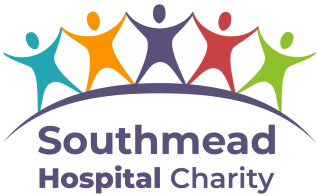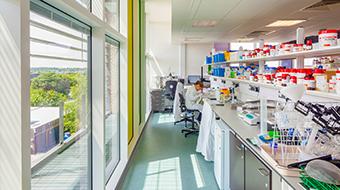Non-nutritive sucking in preterm babies
This page aims to give you information about why we offer babies soothers for non-nutritive sucking while they are on the Neonatal Unit. This is to help you decide whether you are happy to give your baby a soother while they are on the NICU.
One of the earliest reflexes a baby has is their sucking reflex. In your womb your baby will have had practice sucking their hands and swallowing amniotic fluid. Ultrasound pictures have shown this happening from 11 weeks gestation. Babies of all ages find sucking soothing and comforting. This is how babies learn to coordinate sucking, swallowing, and breathing which is needed for successful feeding.
What is non-nutritive sucking?
Non-nutritive sucking is when a baby sucks without receiving any nutrition, for example on a finger, dummy, or an empty breast.
Babies can do this to comfort themselves, but also for practicing feeding. Babies in the womb will practice their sucking, swallowing, and breathing coordination using the amniotic fluid in preparation for being born.
If a baby is born prematurely, they will get nutrition through a drip/IV lines and will miss out on this practice. We can offer them a soother if they are wanting to suck, such as at feed times
As your baby establishes feeding, the need for non-nutritive sucking will reduce, however the soother can still be used for pain relief if you are not present to provide comfort.
What are the benefits of non-nutritive sucking?
- Helps tube fed babies associate sucking and having a full stomach, reinforcing association between positive sensations in the mouth and hunger satisfaction.
- Aids with the transfer to nutritive sucking on breast or bottle.
- Improves oral muscle tone and coordination.
- Helps to calm term babies who are nil by mouth.
- Calming the baby reduces energy use which will help improve growth and weight gain.
- Helps with digestion as it stimulates the stomach.
- Along with mothers breast milk (MBM) or sucrose solution, non-nutritive sucking has been shown to provide pain relief to babies during painful procedures.
This page has provided you with information on non-nutritive sucking while your baby is in the NICU learning to feed and for use during painful procedures. Speak to your health visitor for further guidance on the use of soothers as your baby develops at home.
If you would like further information about non-nutritive sucking please speak to a member of staff.
© North Bristol NHS Trust. This edition published October 2024. Review due October 2027. NBT003240

